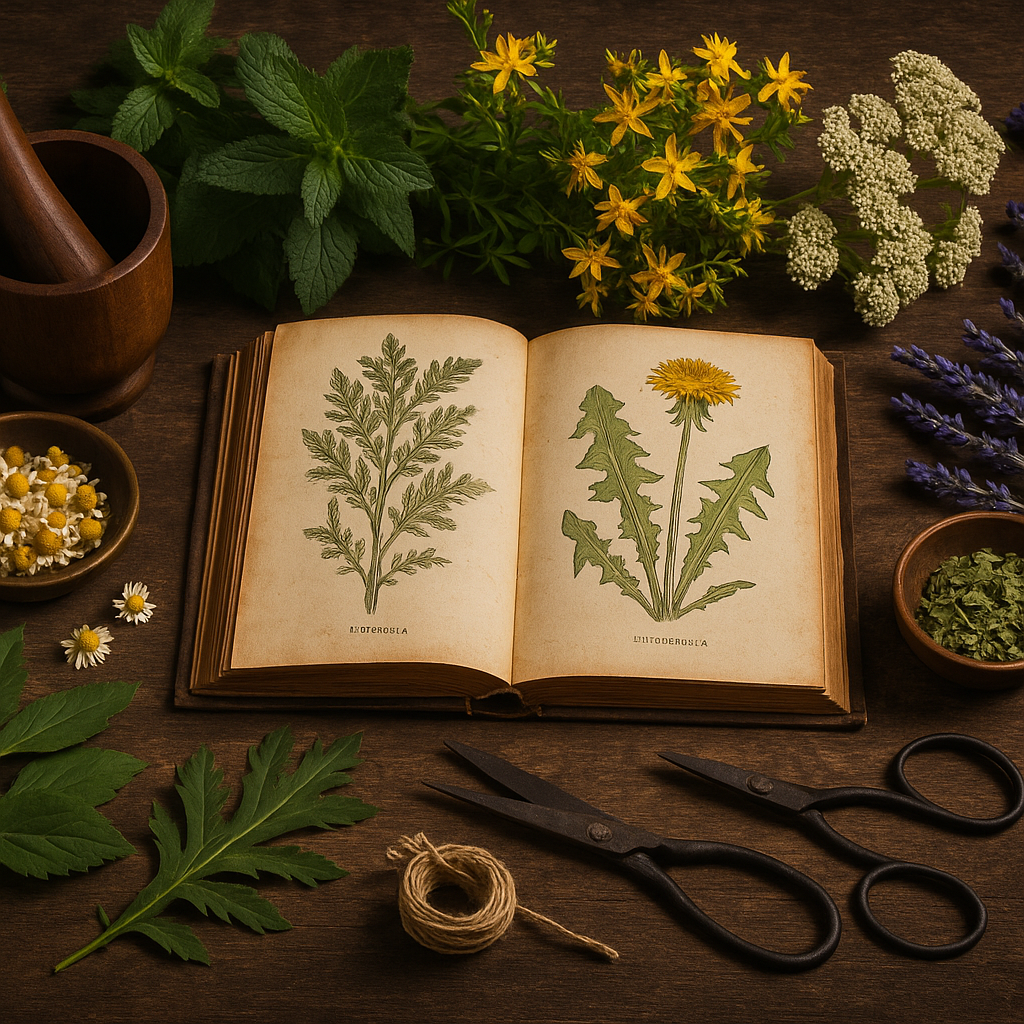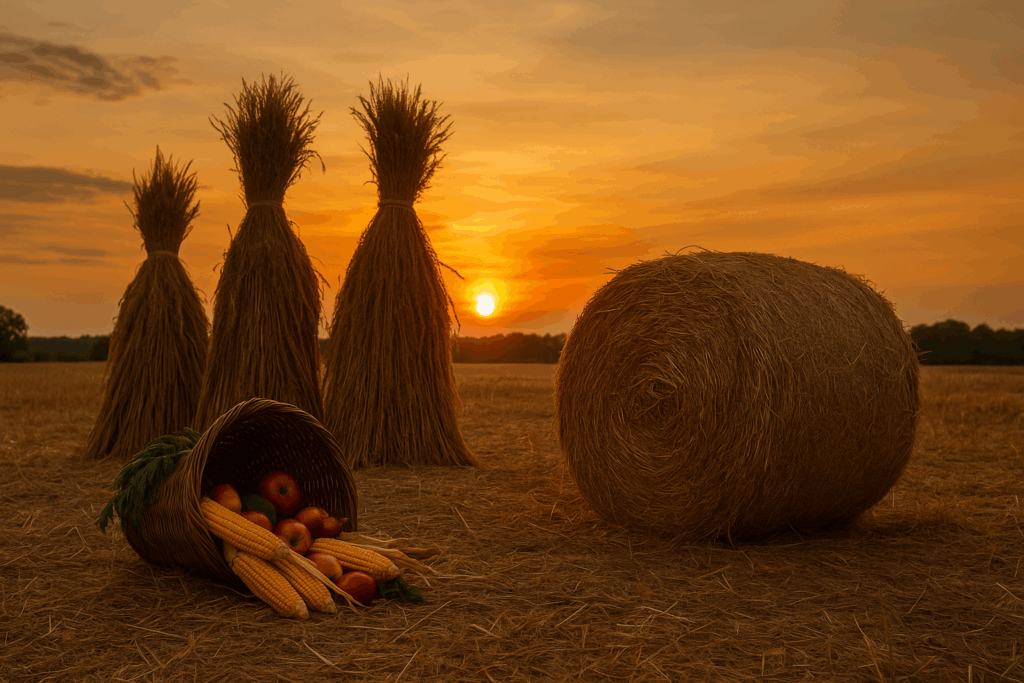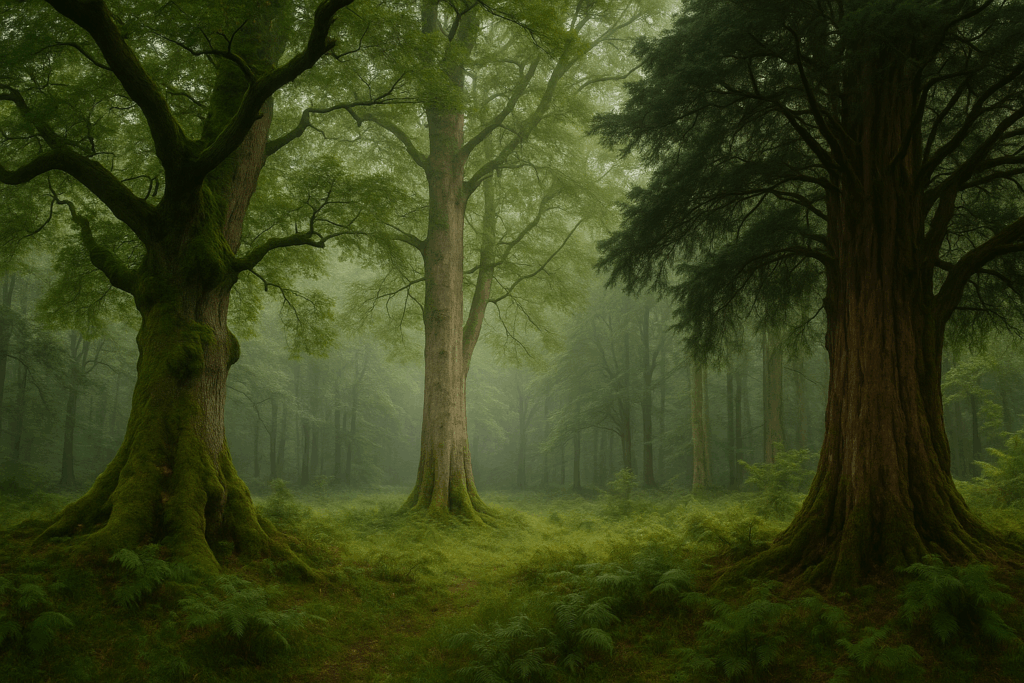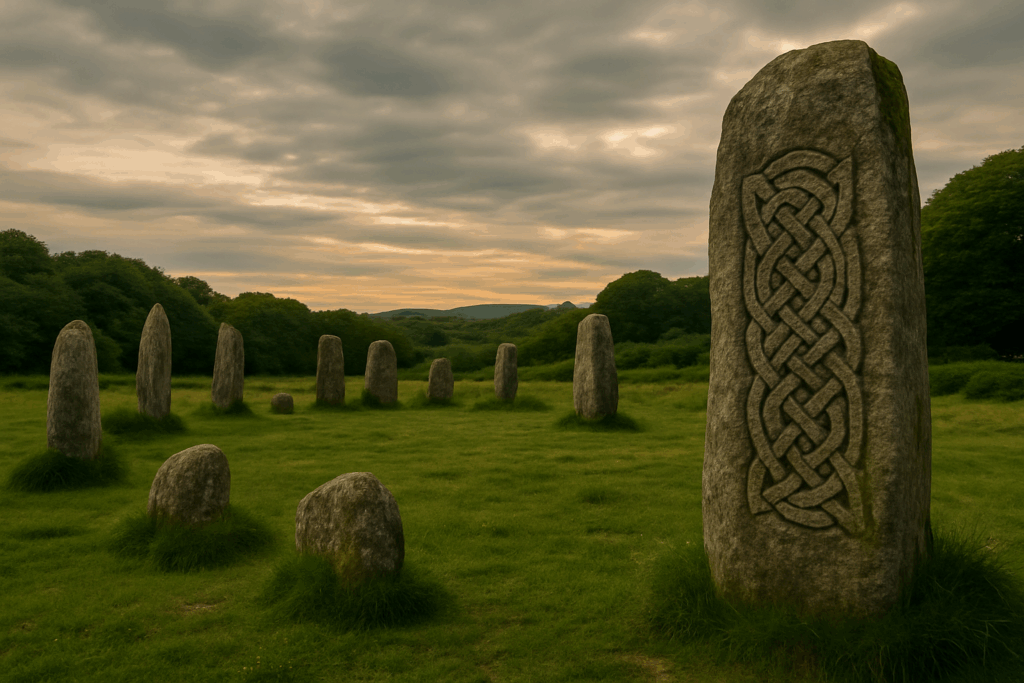October 18 – Runes in the Falling Leaves
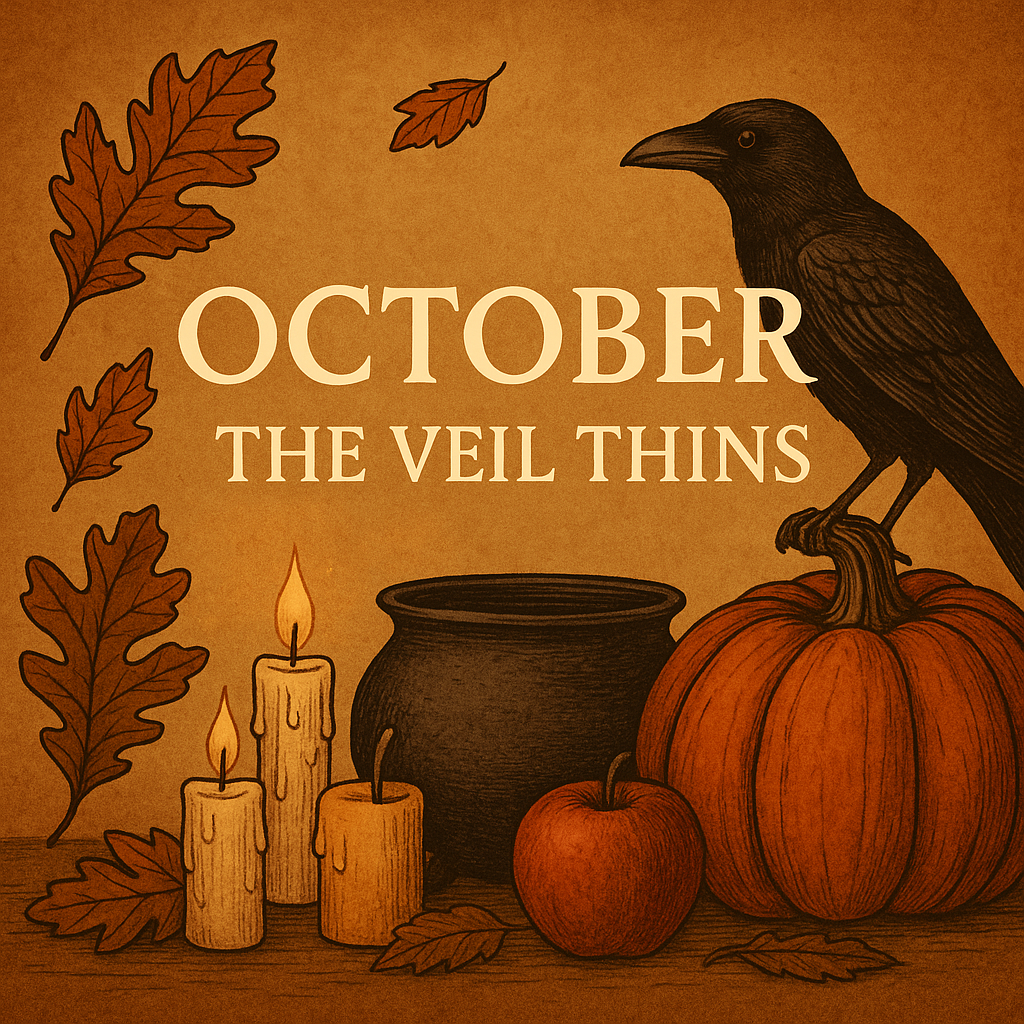
Divination with natural symbols — reading the year’s final messages.
By mid-October, the ground becomes a mosaic of color — russet, gold, amber, and brown — the earth dressed in a patchwork of endings. The leaves fall thick and fast now, covering paths and gardens, whispering secrets as they drift. If you stand quietly and listen, the forest seems to speak in rustles and sighs, as though nature itself is whispering a language of symbols. This is the language of the runes in the falling leaves — the natural divination of autumn.
Each leaf that falls is an ending, but it is also a message. The trees do not drop their leaves without purpose. They do it in rhythm with the season, in harmony with the cycle of letting go and renewal. The ground becomes a living oracle, and every rustle carries meaning if one knows how to listen. This is not a practice of control, but of communion — the act of allowing nature to speak through her quiet signs.
In the old world, diviners and wise folk sought omens in the behavior of wind, water, flame, and leaf. The Norse runemasters cast carved staves of wood to seek wisdom from the gods, but the same principles lived in simpler forms too. A leaf blown across a threshold might foretell a visitor. A red leaf caught midair was a sign of love. The pattern of fallen leaves beneath a sacred tree was once read as a reflection of the year’s fate. Nature’s movements were messages — not superstition, but dialogue between the human heart and the living world.
To read the runes of the leaves is to read the season itself. It begins not with tools but with presence. Walk outside when the air is still cool and the trees begin to loosen their hold. Choose a place that feels alive — a grove, a park, or even your own garden. Stand beneath a tree whose branches are thinning and watch the leaves fall. Do not rush. Let your eyes soften. You will notice patterns: a leaf that spirals rather than drops straight, one that lands near your feet while the rest are carried away, another that clings stubbornly when the wind would have it go. Each gesture holds meaning, each movement a quiet rune of the year’s end.
Pick up one fallen leaf. Examine it carefully — the color, the shape, the way its veins branch like rivers of memory. Ask yourself what feeling it stirs. Does it feel like closure or continuation? Does it speak of release, transformation, or resistance? Allow intuition, not logic, to guide you. The leaf’s story becomes a mirror for your own. You may find that the messages shift each time you listen — that today the wind whispers release, and tomorrow it murmurs patience. The divination of the leaves is fluid, never fixed, as alive as the season itself.
If you wish to deepen this practice, bring a few leaves indoors and lay them out upon your table or altar. Arrange them in a circle, as though creating your own runic wheel of the year. Let your hand drift and choose one leaf without thinking. Study it as you would a rune or tarot card. The marks upon its surface — holes, discoloration, tears — can be read as signs. A leaf half green, half gold may signify transition still incomplete. A perfectly preserved one, endurance or balance. A brittle, crumbling leaf might speak of something that has reached its natural close. These are not omens of fear but invitations to awareness. The forest writes its counsel in soft decay.
This form of divination is also an act of reverence. It reminds us that magic does not belong solely to altars or books. It lives underfoot, scattered in quiet abundance. When we read the signs of nature, we engage in the oldest form of communication there is — one that predates words and transcends time. The same wind that stirred the leaves a thousand years ago carries them still today, whispering the same eternal truths: everything changes, and in change there is meaning.
You can also work with the leaves more ceremonially. When you are faced with uncertainty or a decision, take three leaves from the ground, asking aloud, “Show me what I need to know.” Hold them in your palms and feel their lightness. Drop them one by one and note how each falls — the direction of the drop, the distance between them, the side that faces upward. The first leaf might reveal the present condition, the second the unseen influence, the third the possible outcome. You need not interpret them through fixed symbols; simply allow impressions to arise. The act itself reconnects you to the natural flow of divination, where meaning is intuitive and embodied rather than imposed.
The magic of the falling leaves also serves as a reflection on impermanence. Each leaf once drank sunlight, carried life, and turned it into beauty. Now it drifts back to the earth to nourish what will come next. In this, there is no sorrow, only rhythm. To watch the leaves fall is to watch yourself learning to release — to shed what no longer serves and trust the unseen renewal to come. Every leaf becomes a rune of letting go, a sigil of graceful surrender.
As evening falls, you might gather a small handful of leaves and lay them upon your altar as offerings to the spirits of the season. Whisper your gratitude: for guidance, for growth, for the year that is fading. Then, when the time feels right, take the leaves outside and let them return to the soil. In doing so, you complete the circle of exchange — receiving wisdom, then giving it back to the earth.
The rustling of leaves is the voice of October. It tells us to listen rather than demand, to observe rather than control. It reminds us that divination is not prediction, but conversation — a way to align with the living intelligence of nature. When you walk beneath the trees, allow their language to speak through your senses. The patterns of color, the rhythm of the wind, even the scent of decay — all are symbols, all are runes waiting to be read by those who remember how to see.
The forest does not shout its secrets; it whispers them through falling leaves. And when you stand still long enough to listen, you become part of that whispering — one more voice in the great dialogue between spirit and earth. The runes in the leaves are not separate from you. They fall for you, around you, through you. Each one carries a fragment of wisdom, a flicker of the world’s quiet truth. When you catch one, hold it gently, and hear what it has to say. The year’s final messages are never written in ink but in motion — in the tender surrender of a leaf drifting home.

